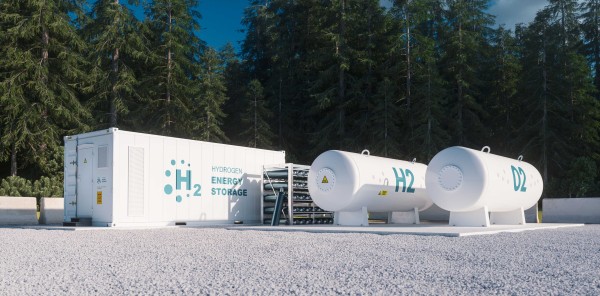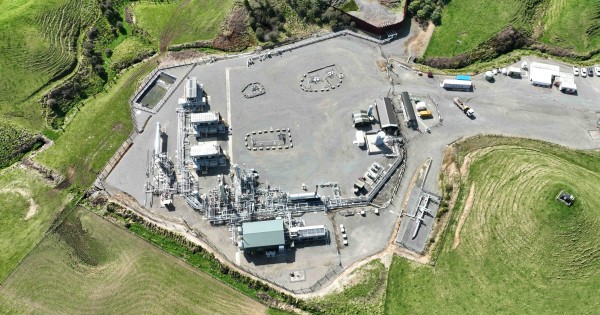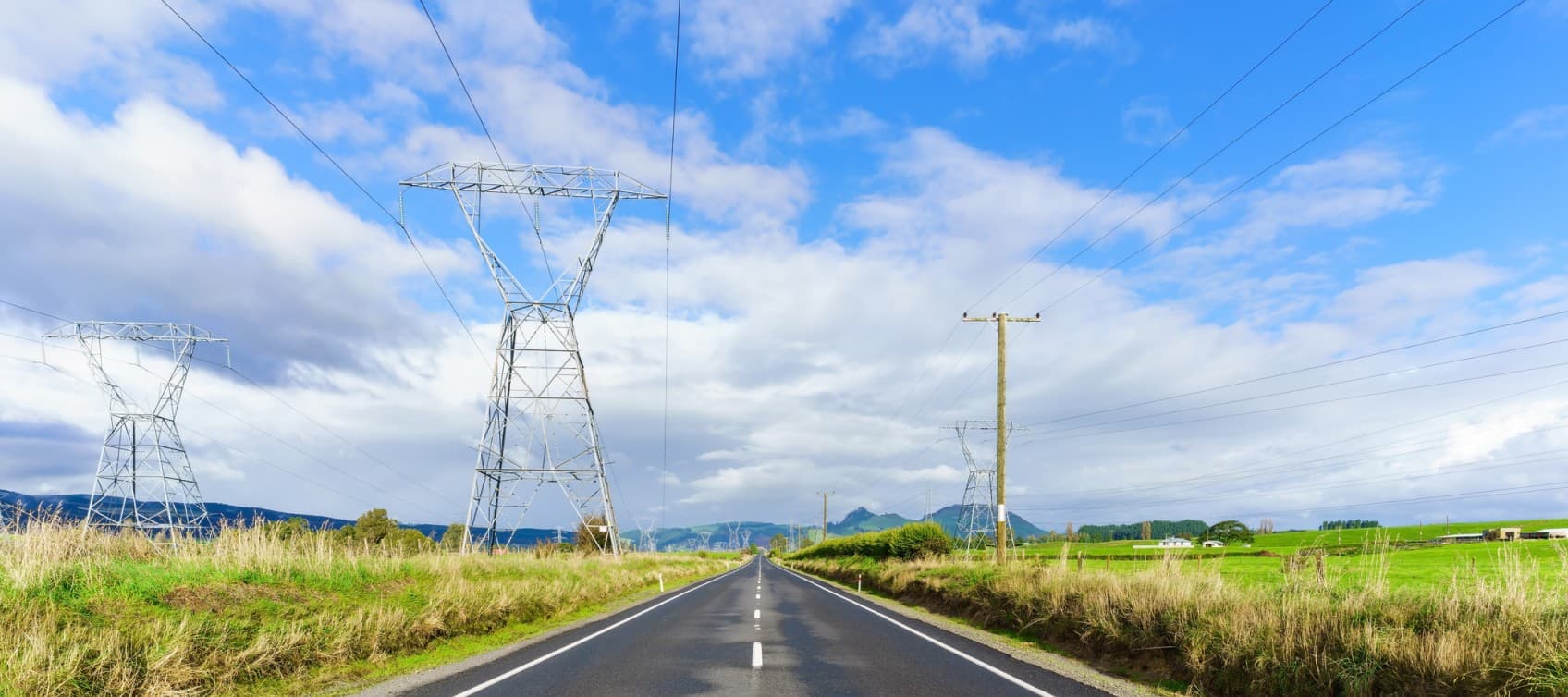In this article, James Irvine our GM Future Fuels explains why energy storage is the essential ingredient to electrification, and how hydrogen is the most cost-effective solution for long-term energy storage to support growing renewable generation.
It's hard to miss reading or hearing about the energy dilemma in New Zealand right now. But in case you have missed it, wholesale power prices have generally been high and very volatile. There are several reasons for the higher prices – hydro lakes are currently much lower than usual for this time of year, several thermal gas plants are out of service, and gas and coal prices are high and expected to remain so.
The short-term volatility also points to a lack of quick-to-respond system flexibility which includes both peaking generation (quick to fire-up gas generation and storage) and demand response (load that can be temporarily turned off) which help manage peak demand. For example, 8am on a cold morning when everyone is using energy for hot showers and heating. This problem is only predicted to get much worse as new intermittent renewable generation like solar and wind, are built and replace retiring thermal generation.
Batteries can play a role, but they will only provide relief for a few hours which is completely inadequate to back up solar energy and especially wind, which can be lacking for days, weeks or longer. Water in our hydro lakes provide some energy storage, but this is finite, reliant on rainfall, and for the most part in the South Island so subject to grid constraints getting the power north to our largest cities. Gas-fuelled ‘peakers’, backed with sufficient gas storage, is generally accepted as essential to manage this growing demand. The latest forecasts by MBIE released earlier in July indicate that significant increases in gas peaking capacity will be required in all scenarios. Corresponding gas storage to store the energy will also be required, and the gas doesn’t need to be only natural gas.

Hydrogen is widely accepted to play key role in some industries
It’s clear that renewably produced hydrogen is not a ‘silver bullet’ for decarbonisation for all applications. However, it is widely accepted that it is likely to play a key role in several areas, starting with industries that already use hydrogen – such as refineries and fertiliser production. Then progressing to use in other ‘hard -to-abate' industries such as steel production, and in the production of renewable synthetic fuels such as methanol and aviation fuel. Other applications are likely to arise from these ‘anchor’ uses that could include blending with natural gas. Hydrogen for heavy-duty road vehicles is also being developed.
One potential use which has grown in consensus is using hydrogen as a means of long-term energy storage. Converting excess wind and solar energy into hydrogen to store underground in places like the Ahuroa gas storage facility, and then using that hydrogen to produce electricity at times of scarcity, sounds on the face of it to be pretty inefficient. The round-trip efficiency is likely 30-40% meaning you need to put in roughly 2-3x the energy you get back out. However, this is actually very good when you consider electricity price volatility in the absence of storage, which can easily be 10x or more.
This is now being more widely accepted and study after study has shown that hydrogen storage is the most cost-effective solution for long-term energy storage to support growing renewable generation. A recent in-depth academic study in Korea highlighted the same, as have studies in Europe.

Clarus is ahead of the curve on this front. We commissioned a report back in 2022 by independent NZ electricity system expert, Energy Link to look at whether hydrogen has merit as a means of long-duration energy storage in a renewable electricity system. The study came to the conclusion that hydrogen provided the lowest cost solution to the consumer whilst also providing best security of supply to supporting the electricity system. And the hydrogen storage option carries other benefits too – with further opportunities to use hydrogen beyond electricity such existing gas users and for transport.
What this shows is that hydrogen as a means of long-duration energy storage warrants serious consideration and further investigation. The University of Canterbury was awarded $11.8mln for a 5-year research programme to look at the feasibility of using depleted gas reservoirs in Taranaki for hydrogen storage and we are pleased to be supporting that work. Other countries are also undertaking a lot of work on this including the Australian Renewable Energy Agency (ARENA) and Europe’s Independent Energy Agency (IEA).





